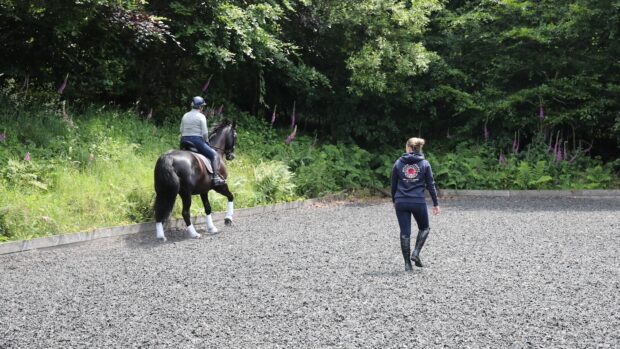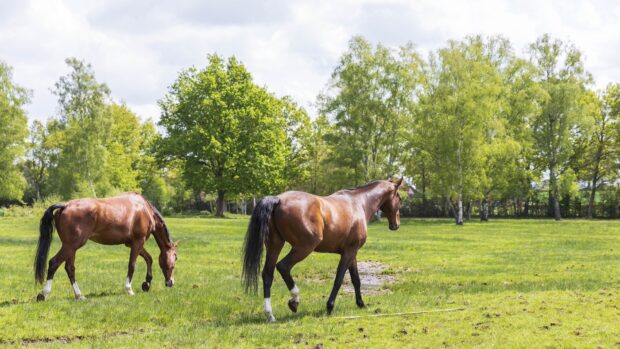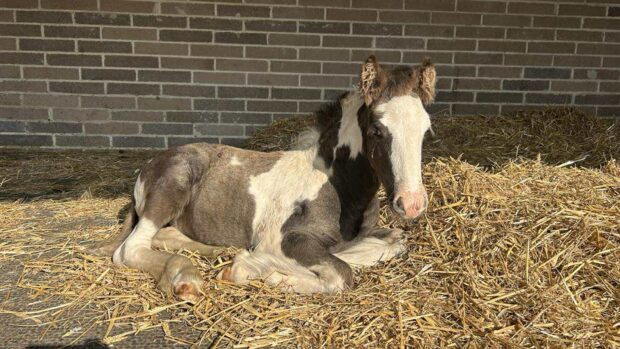The equestrian sector must learn from other industries and establish public trust, if it is to keep its social licence to operate.
Researchers from World Horse Welfare and the University of Nottingham have published a peer-reviewed paper, in Animals, looking at the threats to the sport’s social licence and what actions can be taken. The review highlights issues faced by industries, including mining, fishing, forestry – and animal-related activities such as greyhound racing, aquariums and zoos – and discusses how these issues are relevant to equestrianism.
The researchers explained that public views on animal welfare have altered around activities that were once deemed “socially acceptable” – such as animals in circuses or marine animals in aquariums – and this has been fuelled by the presence of mobile phones capable of taking high-quality photographs and videos, of what may seem like “backstage” practices. The researchers added that the rising use of social media means images can be shared instantly and widely, and these can lead to rapid changes in public perception and government policy.
World Horse Welfare chief executive Roly Owers told H&H the aim of the review was to produce a comprehensive paper that focused on the relevance of social licence in equestrianism.
“It is important to stress that public acceptance is not just a matter for equestrian sport; different industries and sectors promoting and protecting their social licence is something that goes through a myriad of activity. We need to look at what we can learn from these other industries,” he said.
“Without a doubt, trust is at the centre of public acceptance. Even if the way we’re looking after horses is considered a good standard, if the public don’t think it’s a good standard, then you still have a problem. So it’s establishing that trust – and understanding what people’s views are and what underlies those. If we could understand, we’re more likely to be able to share the values of the wider society. If we have shared values, it’s a much easier base to promote public acceptance.”
Mr Owers added that collaboration is important and equestrian disciplines need to work together.
“In the equestrian industry, when the finger is being pointed for whatever reason, part of the defence is often, ‘Well it’s worse elsewhere.’ That is the worst thing you can do, because you don’t improve your position by putting other people down,” he said.
“Although equestrianism is split into many different disciplines, we’ve got to view it as one entity – because that’s the way the public does. We’ll go backwards pretty quickly if we pull others down to get ourselves out of a tight spot.”
Veterinary behaviourist Gemma Pearson told H&H she believes if the industry does not take on board the concept of social licence, horse sport will not continue in future.
“One of the best examples of people not taking social licence seriously is when the film Blackfish was released in 2013 about the orca at SeaWorld. All of a sudden, people said, ‘Hang on a minute, maybe we shouldn’t be keeping orca like that,’” said Ms Pearson. SeaWorld received public backlash following the film’s release and in 2016, it announced the immediate end of its orca breeding programme. The same year, California passed a ban on captive orca breeding and the use of them in theatrical shows.
“Some parts of the equestrian industry feel threatened and are worried we might lose horse sport. But the way they’re dealing with that is by saying, ‘We’re the experts, we’ve always done it this way’ – which is a dangerous thing to do.”
Ms Pearson added that consideration needs to be given to the issues the public care about.
“We have a really different ethical view of the world to what we did, even a few years ago. In the past, there were thrills-and-spills videos that people used to find hilarious, but now they’re not – and seeing horses fall or injure themselves is really hard,” she said.
“We’ve got to hold our hands up and say these are the issues in our industry right now and set out how we’re going to tackle them. But we also have to think carefully about what we actually can do.”
You might also be interested in:

‘A wake-up call’: 20% of public do not support horses in sport, survey finds

*Opinion* Scaremongering clickbait, or a very real threat to the sport we all love?

Subscribe to Horse & Hound magazine today – and enjoy unlimited website access all year round
Horse & Hound magazine, out every Thursday, is packed with all the latest news and reports, as well as interviews, specials, nostalgia, vet and training advice. Find how you can enjoy the magazine delivered to your door every week, plus options to upgrade your subscription to access our online service that brings you breaking news and reports as well as other benefits.




